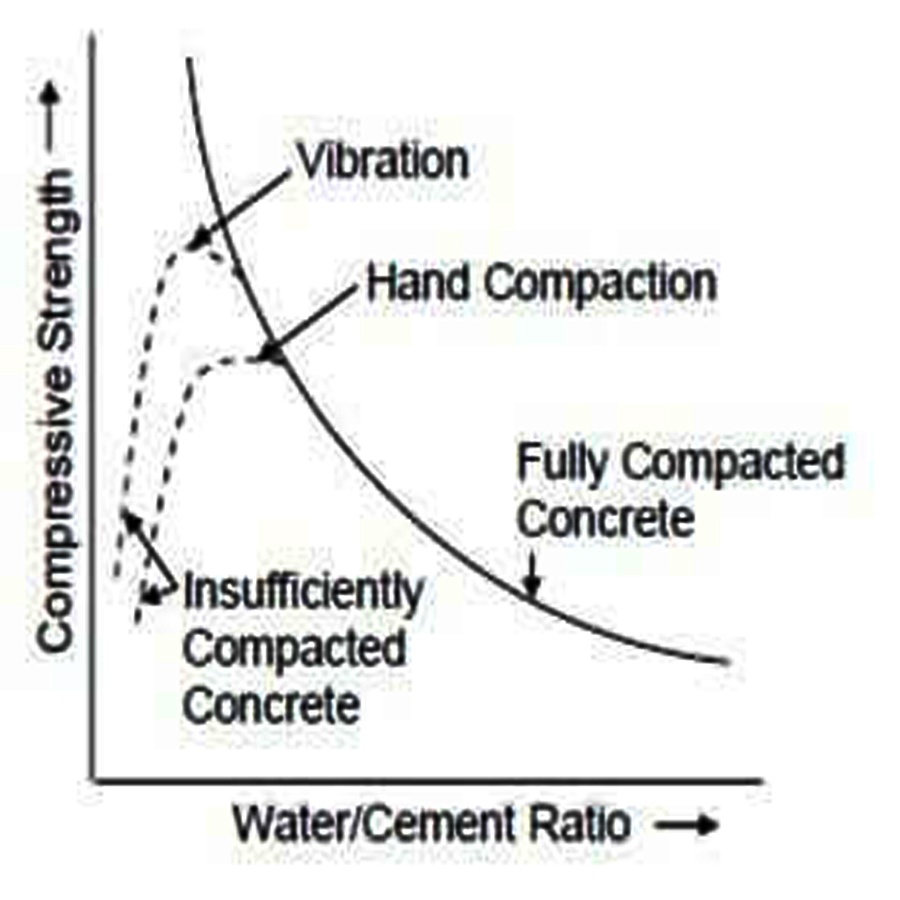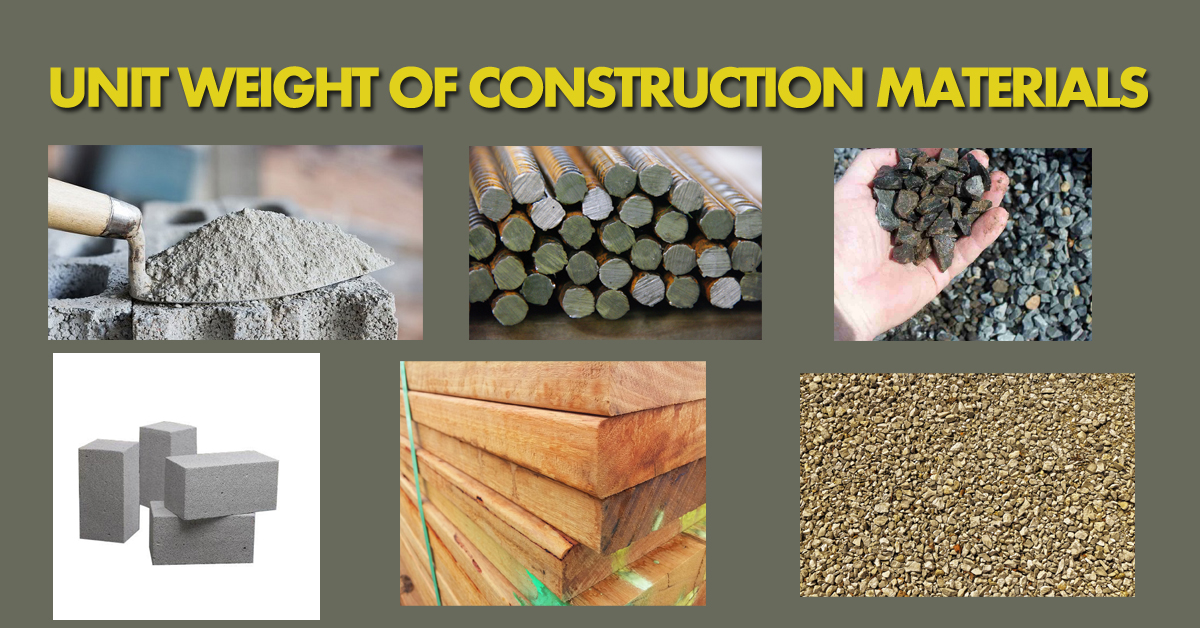Workability of Concrete
Workability is the property of concrete that determines the amount of useful internal work, necessary to produce full compaction i.e., it is the amount of energy needed to overcome friction while compacting concrete.
Also defined as the relative ease with which concrete can be mixed, transported, molded, and compacted without any segregation.
 |
| Fig 1. Slump Test for finding Workability |
Workability is an important property of concrete and is linked with compaction as well as the strength of the concrete.
The desired workability for different grades of concrete is not the same.
Greater workability is preferred for a thin inaccessible section or heavily reinforced section rather than for mass concreting. Hence, we cannot set standard workability for different concrete casting works.
Compaction and workability are somehow related to each other. Workability is also defined as the amount of useful internal work necessary to produce full compaction of concrete. Workability is the property that determines the effort required to manipulate a freshly mixed quantity of concrete with minimum loss of homogeneity
–ASTM C 125-93
Workability is that property of freshly mixed concrete or mortar that determines the ease and homogeneity with which it can be mixed, placed, consolidated, and finished
–American Concrete Institute (ACI) Standard 116R-90 (ACI 1990b)
Reason for Different types of definitions
- There are varieties of definitions of workability because it is not a very accurate scientific term like specific gravity or weight. All the definitions are qualitative in nature and individual viewpoint is reflected instead of scientific precision.
- There are some other terms used to describe the properties of concrete as cohesiveness, consistency, flowability, mobility, pump-ability, etc. These terms have their own specific meaning but they cannot be determined as inaccurate numbers or units.
Types of Workability of Concrete
Based on workability concrete can be classified into the following three types:
- Unworkable Concrete: Unworkable concrete, also called harsh concrete, is concrete with very little water in it. The hand mixing of such concrete is very difficult. This type of concrete has high segregation of aggregates and it is very difficult to maintain the homogeneity of the concrete mix.
- Medium Workable concrete: Medium workable concrete is preferred in most construction works. This type of concrete is relatively easy to mix, transport, place, and compact without much segregation and loss of homogeneity.
- Highly Workable Concrete: This type of concrete is very easy to mix, transport, place, and compact because of its high water content. It is used for concreting where effective compaction of concrete is not possible. The problem with using this type of concrete is that there are high chances of segregation and loss of homogeneity.
Desirable Workability for Construction
The desirable workability of concrete depends on two factors which are:
- Section size, quantity, and spacing of reinforcement: If the section is narrow, complicated, has several narrow corners and inaccessible parts and the section is crowded with steel reinforcement and the spacing of steel bars is small, compaction can be difficult and therefore highly workable concrete is recommended in such cases. If there are no limitations to the critical section or heavy reinforcement, we can adopt a wide range of workability for concrete casting.
- Method of compaction of concrete: If the concrete is compacted manually, more workability is recommended because hand compaction is not very much uniform and effective. If there is a scope of the vibrator or machine compaction, less workability is needed as compared to manual compaction.
Strength of Concrete & Workability Relationship
The strength of concrete is the most important property of any structure. It depends on the density ratio or compaction of concrete and the compaction depends on sufficient workability.
 |
| Fig 2. Compressive strength v/s water-cement ratio of concrete |
But having excessive workability results in lessening the compressive strength of concrete. From the above graph, we can conclude that the compressive strength of concrete decreases with an increase in the water/cement ratio.
An increase in water/cement ratio indicates an increase in workability. Hence, from the following statements, it can be concluded that the strength of concrete is inversely proportional to the workability, and too much workability in concrete should be avoided.
Methods of Improving Workability of Concrete
To increase the workability of concrete these are some ways which are as follows:
- Increasing water/cement ratio
- Using larger aggregate
- By using a well-rounded and smooth aggregate instead of an irregular shape
- Increasing the mixing time and mixing temperature
- By using non-porous and saturated aggregate
- With the addition of air-entraining admixtures
- Adding appropriate admixtures in concrete
I hope you got complete information on the Workability of Concrete in this article. If you found this article helpful, feel free to share it with your friends.
Leave a comment if I missed anything.
Happy Learning!!
You May Also Like to Read


